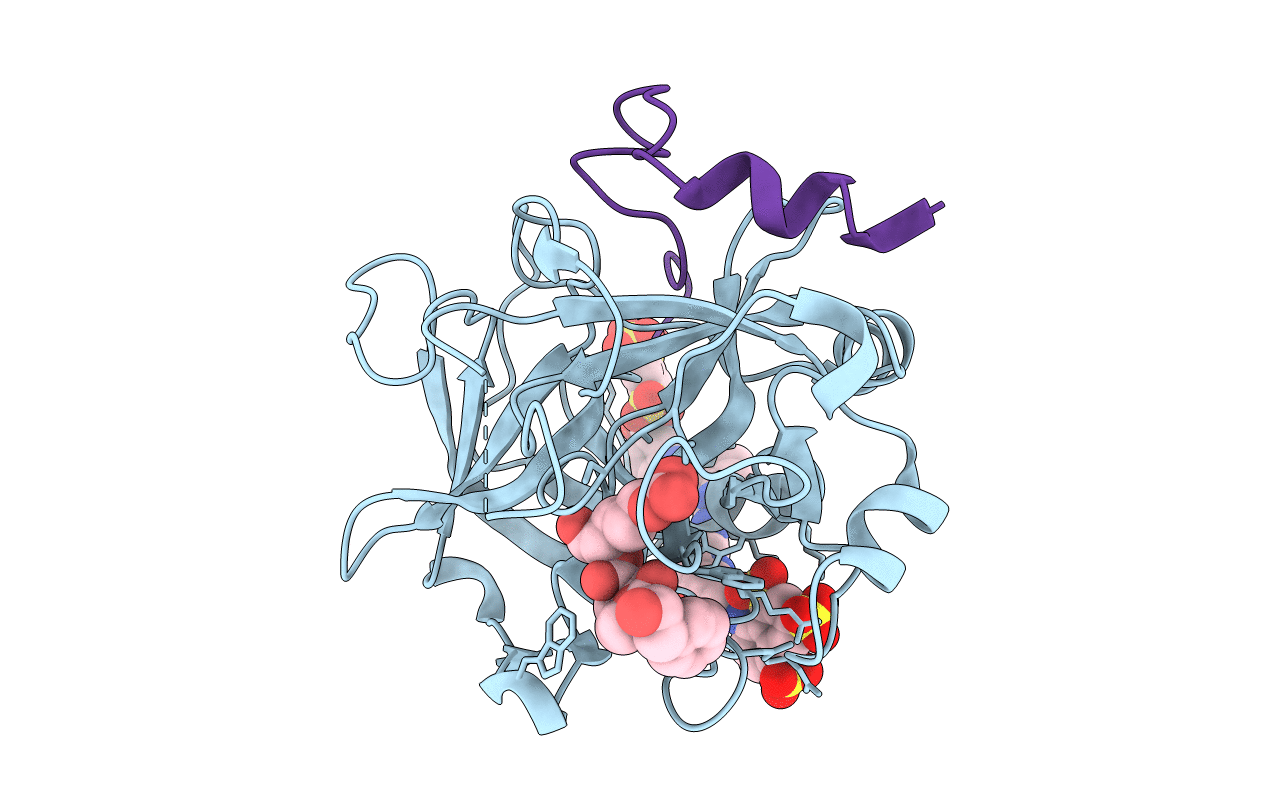
Deposition Date
2007-11-20
Release Date
2007-12-25
Last Version Date
2024-11-20
Method Details:
Experimental Method:
Resolution:
2.50 Å
R-Value Free:
0.28
R-Value Work:
0.22
R-Value Observed:
0.23
Space Group:
P 21 21 21


